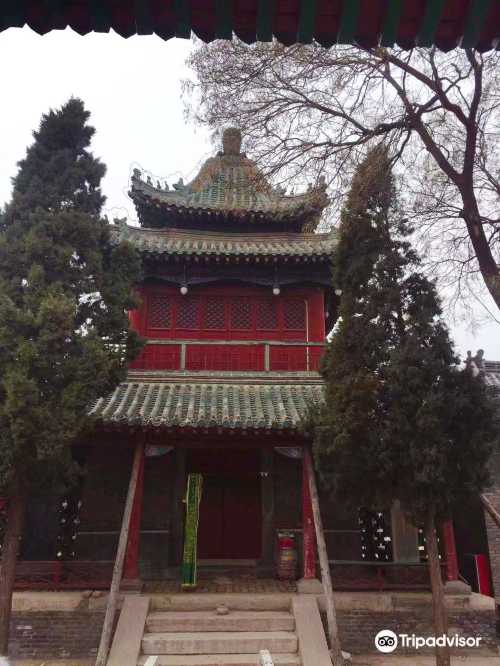App
Customer Support
NZD
Find Bookings
Recommended Attractions at Popular Destinations
Bangkok attraction near me | Manila attraction near me | Tokyo attraction near me | Taipei attraction near me | Hong Kong attraction near me | Seoul attraction near me | Kuala Lumpur attraction near me | Los Angeles attraction near me | Shanghai attraction near me | New York attraction near me | Shenzhen attraction near me | Osaka attraction near me | Singapore attraction near me | London attraction near me | Guangzhou attraction near me | San Francisco attraction near me | Beijing attraction near me | Macau attraction near me | Bali attraction near me | Jakarta attraction near me | Paris attraction near me | Ho Chi Minh City attraction near me | Istanbul attraction near me | Phuket attraction near me | Chicago attraction near me | Seattle attraction near me | Toronto attraction near me | Orlando attraction near me | Cebu attraction near me | Chiang Mai attraction near me
Popular Attractions
Fukuoka Tower | Chao Phraya River | Xian Banpo Museum | Skyline Rotorua | Tuojiang Rock | Emperor Qinshihuang's Mausoleum Site Museum | Chongqing Changjiang Cableway | Auckland Art Gallery | Xi'an City Wall | Lido Cinema - Borella | Waiotapu Thermal Wonderland | Tokyo Disneyland | Auckland Botanic Gardens | Patong Beach | CHIRWA VILLAGE (MERA GAV MERA DESH) | Huangshan West Hall | North Bridge | Parnell Village | Zootopia | Rincón de San Pedro Mártir | Centre Social C.A.F. | Lister Grachten | Park Falls Public Library | Stadium | Playa Bolonia | Avalon Canyon | Masjid Al-Barokah | Percorso di Abseiling Coccorocci - Sa perda stampada | Muzey Srednevekovogo Oruzhiya I Dospekhov | Shanghai Playa Maya Water Park
Popular Restaurants in Botou
MIAO YING ZHU SUN E | 玫兰语牛排(新华街店) | 呷哺呷哺(泊乐广场店) | Shuimofangyonghe (potou) | 福阿婆面王(解放路店) | 老马家九九全牛汤 | 肯德基(泊头店) | 华莱士·全鸡汉堡(上河城店) | 麦当劳(泊头解放西路店) | 米奇蛋糕坊(泊头店) | N duo Sushi (jianshejie) | 悦尔蛋糕坊 | 韩式石锅拌饭(上河城B区店) | HA CHI HA SHUAN HA HUO GUO QING ZHEN | BA LI MI YU | N多寿司(泊头师范店) | 黑森林蛋糕坊(幸福路店) | 大府酒楼(裕华西路店) | 清真馨源糕点礼品 | 鱼你在一起酸菜鱼米饭(泊头店) | 杨国福麻辣烫(建设南街店) | ZHANG LIANG MA LA TANG | 福兴肥牛(胜利西路店) | 福润肥牛火锅(裕华路店) | 鲜鱼馆(安顺街店) | 三盛蛋糕房 | 福润肥牛城 | PI SA ZHU TI CAN TING QING ZHEN DIAN | BU LA GE GAN GUO JI | FU XIANG GE HUANG MEN JI MI FAN
Popular Ranked Lists
Popular Best Things to Do in Haining | Popular Local Restaurants in Hangzhou | Popular Premium Hotels in Phuc Yen | Top 11 Local Restaurants in Phu Quoc Island | Popular Luxury Hotels in Malargue | Popular Local Restaurants in Tianjin | Top 3 Best Things to Do in Shengsi | Top 4 Best Things to Do in Huanggang | Popular Best Things to Do in Jinchang | Popular Luxury Hotels Near Toap | Popular Local Restaurants in Bali | Popular Best Things to Do in Heze | Popular Best Things to Do in Longyou | Top 19 Local Restaurants in Kobe | Popular Luxury Hotels Near Goslar | Popular Premium Hotels in Brentwood Bay | Popular Local Restaurants in Shenzhen | Popular Luxury Hotels Near Grad Korcula | Top 7 Best Things to Do in Baishan | Popular Best Things to Do in Suifenhe | Top 20 Local Restaurants in Dubai | Popular Premium Hotels Near Samosdelka | Popular Luxury Hotels Near Palakkad | Popular Local Restaurants in Tokyo | Popular Luxury Hotels Near Takeo | Top 18 Local Restaurants in Seoul | Popular Premium Hotels in Korcula | Popular Best Things to Do in Xing'an County | Popular Best Things to Do in Nanchong | Top 16 Local Restaurants in Langkawi
Payment Methods
Our Partners
Copyright © 2025 Trip.com Travel Singapore Pte. Ltd. All rights reserved
Site Operator: Trip.com Travel Singapore Pte. Ltd.
Site Operator: Trip.com Travel Singapore Pte. Ltd.
































